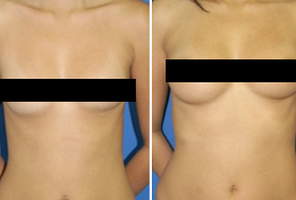Every ethnicity has a set of physical characteristics that enables it to stand apart in a unique way from other ethnicities. Sometimes, physical characteristics that accompany certain ethnicities making individuals feel as though their features are too pronounced. If a patient is self conscious about her appearance, she can take steps surgically to minimize what she perceives as negative attributes while accentuating the positive portions of her physical appearance. Asian rhinoplasty is commonly performed to change the appearance of noses for those of Asian descent when features are extraordinarily pronounced. There are several things that must be considered before undertaking Asian rhinoplasty.
What Features Rhinoplasty Changes?
Rhinoplasty can change a number of nasal features for patients of Asian descent. One of the most common complaints related by Asian patients is that they feel that their noses are too wide, meaning too broad when measured across their faces. In this case, Asian rhinoplasty can be performed to tuck back or reduce some of the width of the nose, giving a more narrow appearance. This does not eliminate the Asian appearance of the patient but rather allows additional features to be accentuated.
Another common complaint by patients of Asian descent is that they feel that their noses are too flat and lack a pleasing curve. Some patients may feel self conscious over the fact that their noses do not extend past other features on their face. In either of these cases, Asian rhinoplasty can be the perfect answer. Skilled plastic surgeons can work with the patient to re-sculpt the nose so that it extends farther away from the face. In addition, a slight upward or downward curve can be added by skillful manipulation. In both cases, the result would be noses that are no longer so seemingly flat. Again, the Asian appearance has not been marred in this case, but merely enhanced.
How is Rhinoplasty Performed
Rhinoplasty is considered a routine elective procedure and is most often performed on an outpatient basis. Based upon patient preference, either general or local anesthesia can be used to minimize patient discomfort and pain during the procedure. After sufficient numbing has occurred, the actual sculpting portion of an Asian rhinoplasty procedure should only last one to two hours; within that time, existing features are manipulated and subtly changed so that no ethnic loss occurs but in order to boost patient morale. The typical recovery period for rhinoplasty procedures is one to two weeks.

